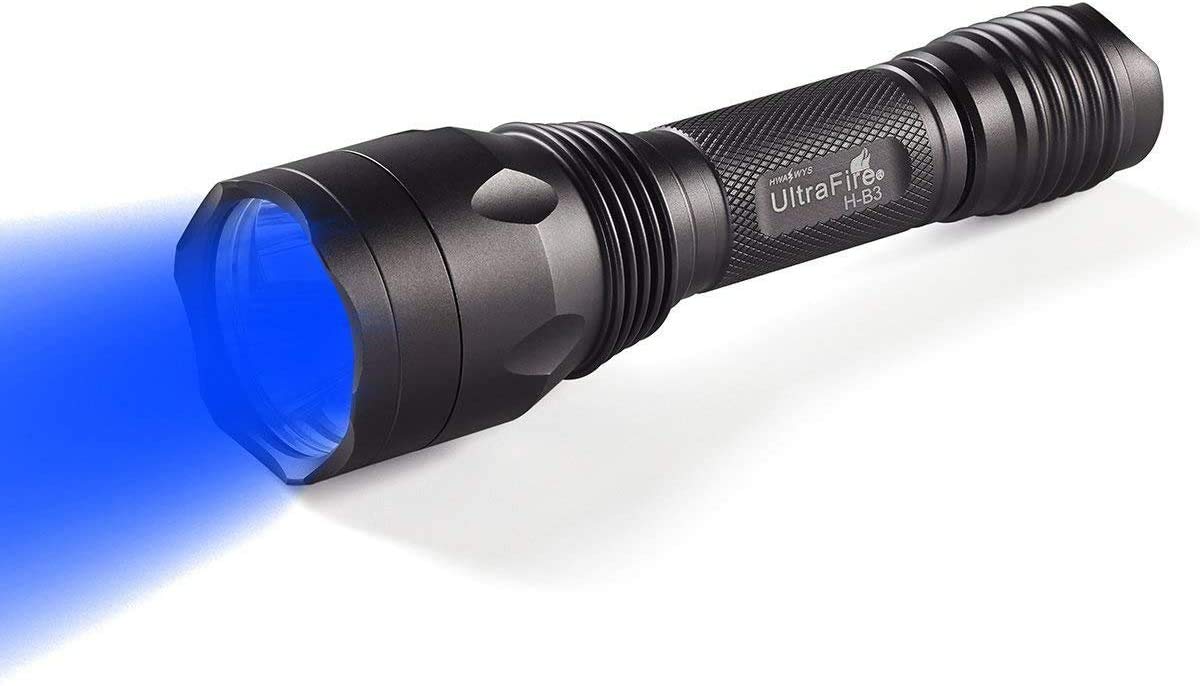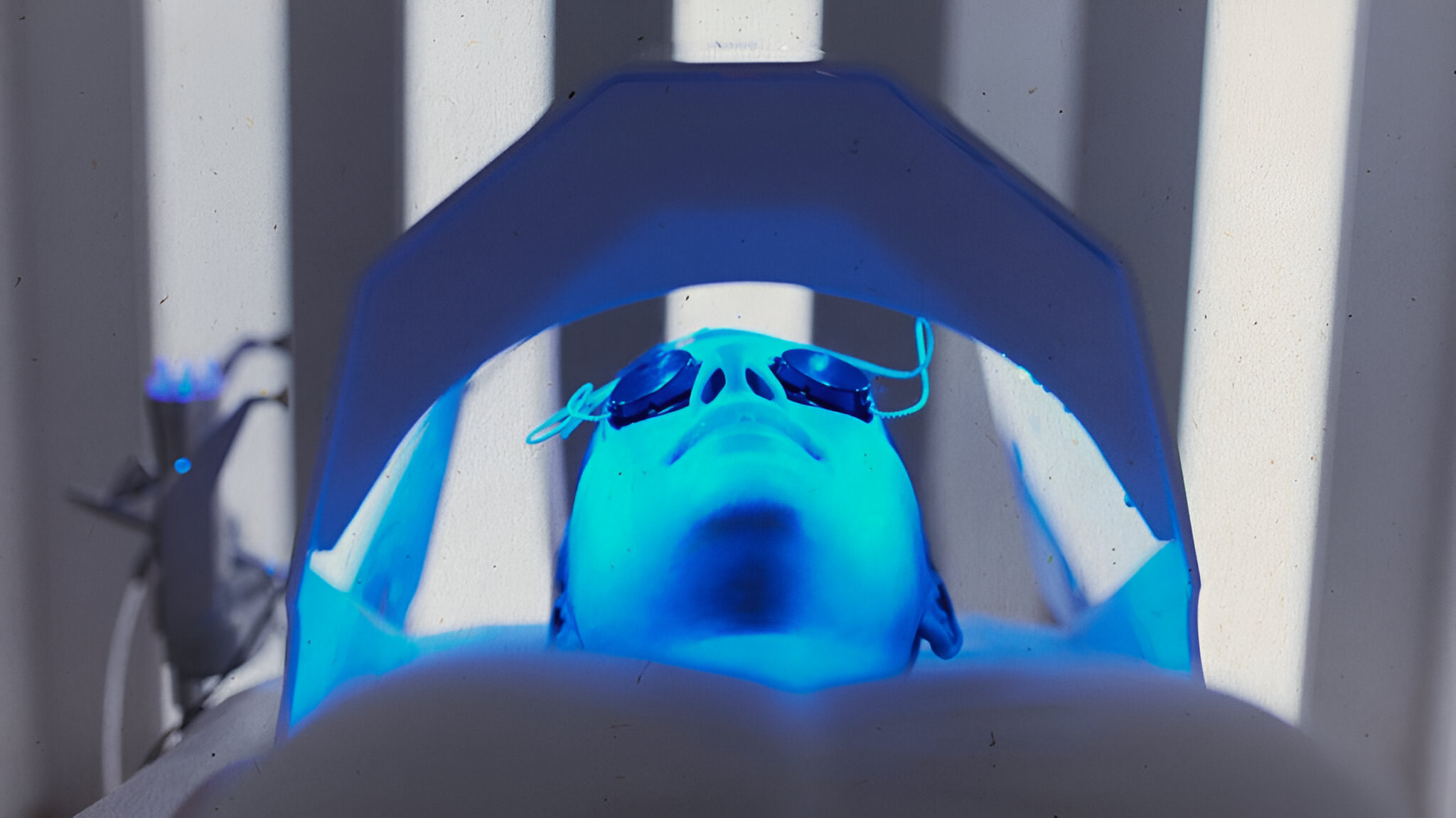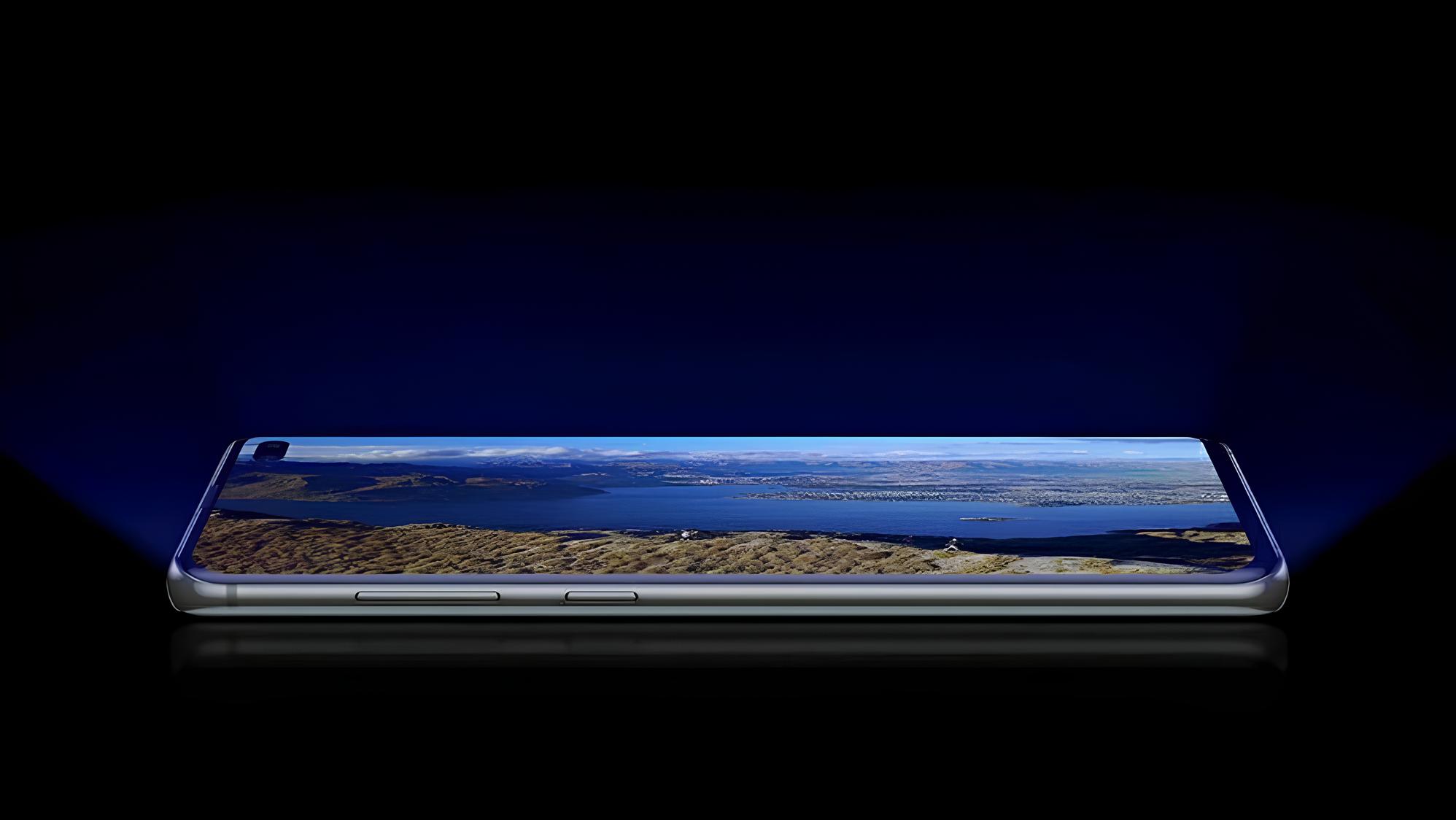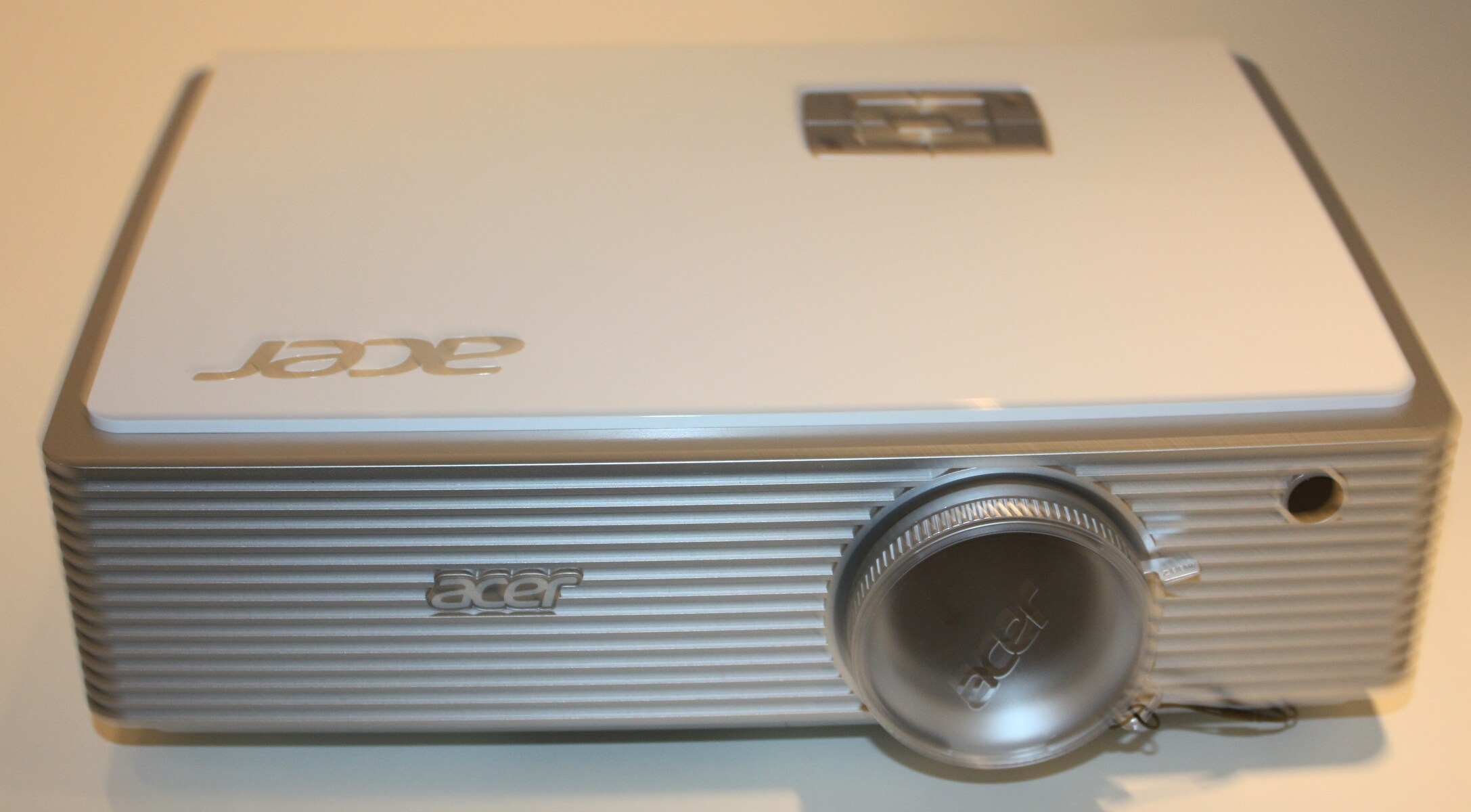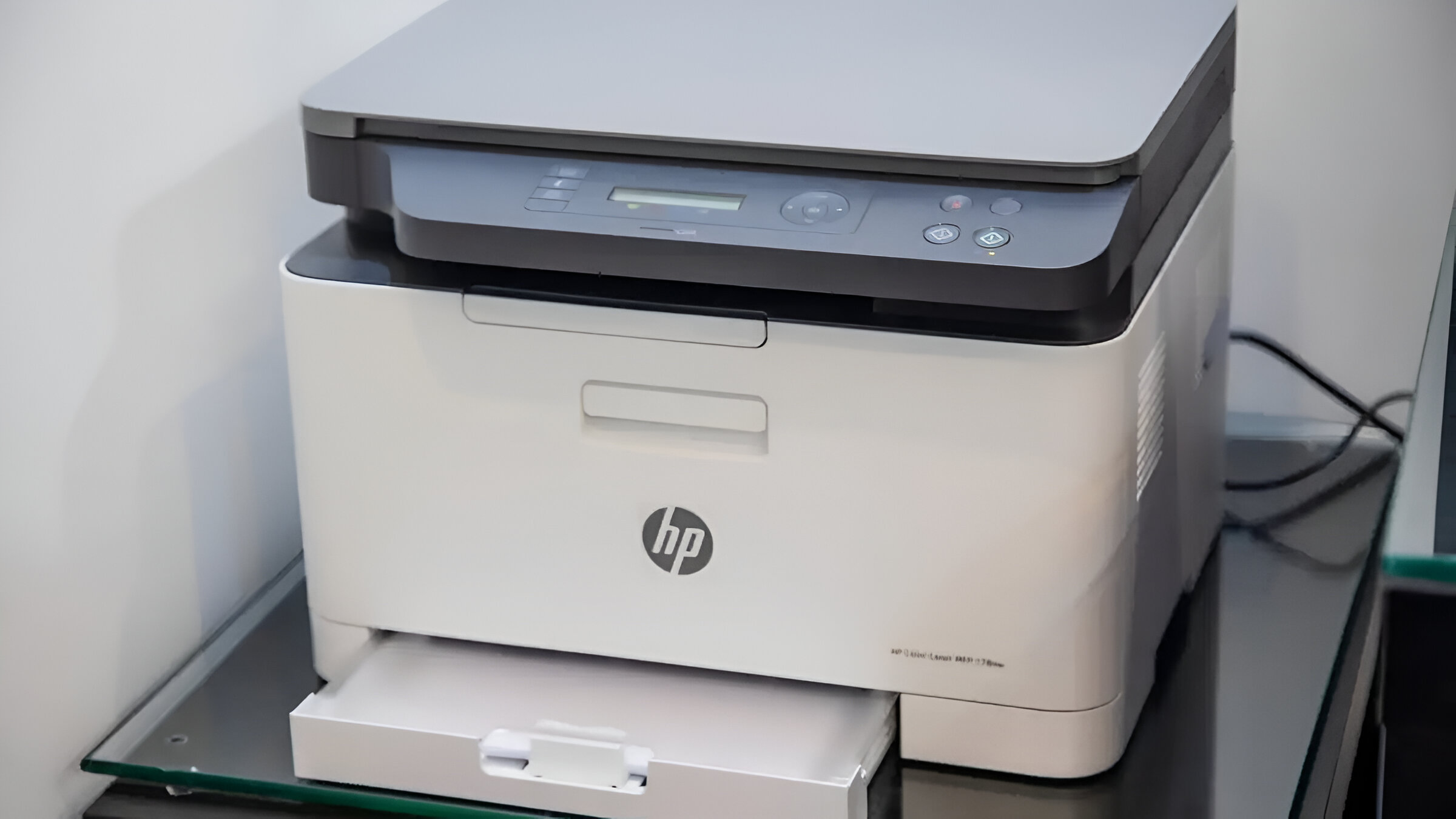Introduction
Blue light, often associated with the clear skies and the vast ocean, holds a profound significance in various aspects of our lives. From its impact on our biological rhythms to its diverse applications in technology, medicine, agriculture, and environmental conservation, blue light plays a pivotal role in shaping our modern world. This article delves into the multifaceted utility of blue light, exploring its functions and applications across different domains.
As we embark on this exploration, it's essential to understand that blue light encompasses a specific segment of the visible light spectrum, characterized by its shorter wavelengths and higher energy levels. This unique composition gives blue light its distinctive properties, which have far-reaching effects on both natural and technological ecosystems.
Throughout history, blue light has been revered for its ability to influence biological processes, particularly in regulating our circadian rhythms. The pervasive presence of blue light in our environment, whether from natural sources like the sun or artificial sources like electronic devices, underscores its profound impact on human physiology and behavior. Understanding the biological effects of blue light is crucial in comprehending its broader implications in various fields, from healthcare to urban planning.
Moreover, the integration of blue light in technology has revolutionized numerous industries, from display technologies to advanced medical treatments. The emergence of blue light-emitting diodes (LEDs) has paved the way for energy-efficient lighting solutions and high-definition displays, driving innovation across consumer electronics and lighting applications. In the realm of medicine, blue light therapy has emerged as a powerful tool for treating skin conditions and mood disorders, underscoring the therapeutic potential of this unique wavelength.
Beyond the confines of human-centric applications, blue light also finds relevance in agriculture, where its role in influencing plant growth and development has been a subject of extensive research. Additionally, the environmental applications of blue light, including its potential in water purification and environmental monitoring, highlight its instrumental role in sustainable practices and conservation efforts.
As we navigate the intricate web of blue light's functions and applications, it becomes evident that this seemingly simple component of the electromagnetic spectrum holds immense potential for shaping our present and future endeavors. By unraveling the mysteries and possibilities surrounding blue light, we can gain a deeper appreciation for its utility and harness its power to drive positive change across diverse domains.
What is Blue Light?
Blue light, a component of the visible light spectrum, is characterized by its relatively short wavelengths and high energy levels. It occupies the segment of the spectrum with wavelengths ranging from approximately 380 to 500 nanometers, making it one of the most energetic and impactful wavelengths of light.
The prevalence of blue light in our environment is largely attributed to natural sources, with the primary contributor being the sun. When sunlight passes through the Earth's atmosphere, shorter blue wavelengths are scattered more than other colors, creating the iconic blue sky. This natural occurrence not only paints our surroundings with a mesmerizing hue but also influences our daily rhythms and perceptions.
In addition to natural sources, blue light is also emitted by numerous artificial sources, including LED lighting, electronic devices, and digital screens. The pervasive presence of blue light in our modern lifestyles has raised concerns about its potential impact on human health and well-being, prompting extensive research into its biological effects.
Despite the growing awareness of the potential drawbacks associated with excessive blue light exposure, it's important to recognize the multifaceted nature of blue light. Beyond its implications for human health, blue light serves as a critical component in various technological applications, ranging from high-definition displays to advanced lighting solutions.
Understanding the properties and behaviors of blue light is essential for comprehending its far-reaching effects on both natural and technological ecosystems. By unraveling the mysteries and possibilities surrounding blue light, we can gain a deeper appreciation for its utility and harness its power to drive positive change across diverse domains.
Biological Effects of Blue Light
Blue light, with its relatively short wavelengths and high energy levels, exerts profound biological effects, influencing various physiological processes and behaviors in humans and other organisms. One of the most notable impacts of blue light is its role in regulating circadian rhythms, the internal clock that governs the sleep-wake cycle and other bodily functions. When exposed to blue light, particularly in the morning and during the day, the production of melatonin, a hormone that induces sleep, is suppressed, promoting alertness and enhancing cognitive performance. Conversely, exposure to blue light in the evening can disrupt the natural production of melatonin, potentially leading to sleep disturbances and affecting overall sleep quality.
The biological effects of blue light extend beyond sleep regulation, encompassing its influence on mood and mental well-being. Research suggests that blue light exposure can positively impact mood and alleviate symptoms of seasonal affective disorder (SAD), a form of depression linked to changes in seasons, often characterized by low energy levels and mood disturbances. Light therapy, which involves exposure to artificial blue light, has emerged as an effective intervention for managing SAD and other mood disorders, underscoring the therapeutic potential of blue light in mental health care.
Moreover, blue light plays a crucial role in visual perception and ocular health. While excessive exposure to blue light, especially from digital screens, has raised concerns about potential eye strain and discomfort, it is important to note that blue light also contributes to visual acuity and color perception. The intricate balance between the beneficial and detrimental effects of blue light on ocular health underscores the need for responsible exposure and the adoption of protective measures, such as blue light filtering eyewear and screen adjustments.
In addition to its effects on humans, blue light influences various biological processes in plants and animals. In agriculture, blue light is recognized for its role in shaping plant growth and development, particularly in controlling flowering and fruiting cycles. By manipulating the exposure of plants to specific wavelengths of blue light, researchers and growers can optimize crop yields and enhance the overall quality of agricultural produce.
The pervasive biological effects of blue light, spanning across diverse organisms and ecosystems, highlight the intricate interplay between light and life. As we continue to unravel the complexities of blue light's biological influences, it becomes increasingly apparent that this seemingly simple component of the electromagnetic spectrum holds immense significance in shaping our well-being and the natural world around us.
Blue Light in Technology and Medicine
Blue light's impact extends far beyond its biological effects, permeating into the realms of technology and medicine with profound implications. In the domain of technology, the emergence of blue light-emitting diodes (LEDs) has revolutionized display technologies, lighting solutions, and diverse consumer electronics. The unique properties of blue light, including its high energy levels and shorter wavelengths, make it an ideal candidate for applications requiring vibrant displays and energy-efficient illumination.
One of the most notable advancements facilitated by blue light technology is the widespread adoption of LED displays in electronic devices, ranging from smartphones and tablets to high-definition televisions. The ability of blue LEDs to produce crisp, high-contrast images has elevated the visual experience for consumers, driving the demand for sleek and energy-efficient display technologies. Furthermore, blue LED-based lighting solutions have transformed the landscape of interior and exterior illumination, offering a compelling alternative to traditional incandescent and fluorescent lighting systems. The energy efficiency and longevity of blue LED lighting have positioned it as a sustainable and cost-effective choice for residential, commercial, and industrial applications.
In the field of medicine, blue light has emerged as a powerful tool for therapeutic interventions, particularly in the treatment of skin conditions and mood disorders. Phototherapy, which involves the targeted exposure of the skin to blue light, has shown remarkable efficacy in managing conditions such as acne vulgaris and psoriasis. The antimicrobial properties of blue light, coupled with its ability to modulate inflammatory responses, make it a valuable asset in dermatological treatments, offering non-invasive and well-tolerated solutions for patients.
Moreover, the therapeutic potential of blue light extends to the realm of mental health, where light therapy has garnered attention for its effectiveness in alleviating symptoms of mood disorders, such as seasonal affective disorder (SAD) and non-seasonal depression. By simulating natural daylight using blue light-emitting devices, clinicians can positively influence the circadian rhythms and mood regulation of individuals, providing a non-pharmacological approach to managing depressive symptoms.
The integration of blue light in technology and medicine underscores its versatile and far-reaching applications, from enhancing visual experiences and energy efficiency to fostering innovative therapeutic interventions. As research and technological advancements continue to unfold, the utility of blue light in these domains is poised to catalyze further innovation and improvements in human well-being and technological capabilities.
Blue Light in Agriculture
Blue light, a critical component of the visible light spectrum, plays a pivotal role in shaping agricultural practices and optimizing crop growth. The unique properties of blue light, characterized by its relatively short wavelengths and high energy levels, have garnered significant attention in the realm of horticulture and controlled environment agriculture.
In the context of plant physiology, blue light influences various developmental processes, including photomorphogenesis, stomatal regulation, and phototropism. Photomorphogenesis, the light-mediated regulation of plant growth and development, is particularly sensitive to blue light, influencing crucial aspects such as stem elongation, leaf expansion, and chlorophyll synthesis. By manipulating the exposure of plants to specific wavelengths of blue light, growers can modulate these developmental processes, ultimately shaping the overall growth and morphology of crops.
Furthermore, blue light plays a central role in regulating the opening and closing of stomata, the microscopic pores on plant surfaces essential for gas exchange and water regulation. The dynamic control of stomatal aperture in response to blue light levels enables plants to optimize their water use efficiency and maintain physiological balance, particularly in water-limited environments. This intrinsic link between blue light and stomatal regulation underscores its relevance in sustainable agricultural practices and resource management.
In addition to its influence on plant growth and water dynamics, blue light also governs phototropism, the directional growth response of plants to light stimuli. This phenomenon, observed in various plant species, allows them to orient their growth towards sources of blue light, optimizing their exposure to this critical wavelength for photosynthesis and developmental signaling.
The integration of blue light in controlled environment agriculture, including greenhouse and indoor farming systems, has led to the deliberate manipulation of light spectra to enhance crop productivity and quality. By tailoring the light environment to include specific ratios of blue light, growers can modulate plant architecture, flowering patterns, and secondary metabolite production, thereby optimizing the overall yield and nutritional composition of crops.
As the agricultural industry continues to embrace innovative technologies and sustainable practices, the strategic utilization of blue light holds immense promise for advancing crop production and addressing global food security challenges. By harnessing the biological effects of blue light and leveraging its potential in agricultural settings, we can pave the way for a more resilient and productive food supply, ensuring the well-being of both present and future generations.
Blue Light in Environmental Applications
Blue light, renowned for its profound biological and technological implications, also holds significant promise in environmental applications, offering innovative solutions for conservation, sustainability, and environmental monitoring. The unique properties of blue light, characterized by its shorter wavelengths and high energy levels, render it a valuable tool for addressing diverse environmental challenges and advancing conservation efforts.
In the realm of water purification, the utilization of blue light has garnered attention for its potential in disinfection and pathogen control. Specifically, the application of blue light-emitting diodes (LEDs) in water treatment systems has demonstrated remarkable efficacy in deactivating harmful microorganisms, including bacteria and viruses. The photochemical reactions induced by blue light, particularly in the presence of certain photosensitizing agents, can lead to the destruction of microbial contaminants, offering a sustainable and energy-efficient approach to ensuring the safety and purity of water sources.
Furthermore, blue light finds relevance in environmental monitoring and sensing applications, where its distinctive properties enable the accurate detection and analysis of various environmental parameters. Remote sensing technologies, integrating blue light-based sensors and imaging systems, facilitate the monitoring of water quality, vegetation health, and ecosystem dynamics. The precise spectral characteristics of blue light, coupled with advanced sensing technologies, empower researchers and environmental practitioners to gain valuable insights into ecological processes and environmental changes, contributing to informed decision-making and conservation strategies.
Moreover, the strategic deployment of blue light in environmental lighting systems, such as urban and architectural illumination, offers opportunities to minimize light pollution and mitigate its adverse effects on nocturnal ecosystems. By incorporating responsible lighting designs that prioritize the spectral composition and intensity of artificial light, communities can reduce the disruption of natural nocturnal behaviors and minimize the ecological impacts of excessive nighttime lighting. This conscientious approach to environmental lighting underscores the potential of blue light in fostering harmonious coexistence between human activities and natural environments.
As we navigate the intricate intersections of blue light and environmental applications, it becomes increasingly evident that this versatile wavelength holds immense potential for promoting sustainable practices, safeguarding ecological balance, and advancing environmental stewardship. By harnessing the unique attributes of blue light and integrating them into innovative environmental solutions, we can pave the way for a more resilient and harmonious coexistence between human societies and the natural world.
Conclusion
In conclusion, the utility of blue light spans across a diverse array of domains, showcasing its profound impact on biological rhythms, technological innovations, agricultural practices, and environmental applications. The intricate interplay between the biological effects and technological applications of blue light underscores its multifaceted nature, presenting opportunities for advancements in human well-being and environmental sustainability.
From a biological perspective, the regulation of circadian rhythms and the therapeutic potential of blue light in managing mood disorders highlight its pivotal role in influencing human physiology and mental health. The delicate balance between the beneficial and detrimental effects of blue light on sleep patterns and mood underscores the need for responsible exposure and the integration of blue light-based interventions in healthcare settings.
In the realm of technology, the widespread adoption of blue light-emitting diodes (LEDs) has catalyzed advancements in display technologies, lighting solutions, and energy-efficient electronics. The vibrant visual experiences facilitated by blue LED displays and the sustainable illumination provided by blue LED lighting underscore its transformative influence on consumer electronics and lighting systems.
Furthermore, the integration of blue light in agriculture has led to innovative approaches in optimizing crop growth and resource management. The deliberate manipulation of light spectra, including specific ratios of blue light, has empowered growers to enhance crop productivity and nutritional quality, offering sustainable solutions for addressing global food security challenges.
In the context of environmental applications, the potential of blue light in water purification, environmental monitoring, and responsible lighting designs underscores its instrumental role in advancing conservation and environmental stewardship. The use of blue light-based disinfection systems and remote sensing technologies offers promising avenues for safeguarding water quality and ecological balance, while minimizing the ecological impacts of artificial lighting.
As we reflect on the multifaceted utility of blue light, it becomes evident that this seemingly simple component of the electromagnetic spectrum holds immense potential for driving positive change across diverse domains. By leveraging the biological, technological, agricultural, and environmental applications of blue light, we can harness its power to foster sustainable practices, enhance human well-being, and safeguard the natural world for generations to come.










